So you’re the hippest hipster in town, oozing effortless cool and immaculate good taste, but do you know where that good taste in your morning cup of coffee comes from?
The answer is a whole range of different factors including bean variety, farm ‘terroir’ and processing method, not to mention the degree of roasting and ability of your local barista.
One aroma we’re particularly fond of is jasmine. So when a taste guru in Bogota quietly whispered that we could find this ‘note’ in coffees from Colombia’s Cauca province we decided to check it out, catching a flight to regional capital Popayan in order to visit some nearby farms.
A week later we’re not entirely sure about the veracity of this assertion, but we did learn a thing or two about coffee flavour nonetheless.
Market forces
After touching down we headed a few miles south by car, stopping in La Empalizada, a five-hectare farm owned and run (very well) by Yonny and Javier Cordoba. We were guided around this 4C and Rainforest Alliance-certified plantation, and noticed that many of the cherries on their Castillo-variety trees looked rosy red and ready for picking.
Picking was not on the immediate agenda however, as they'd received a specific request from a buyer looking for sobre-maduro (overripe) cherries, typically a dark purple in colour. As a result, Javier was planning to delay his harvest by a couple more weeks.
In addition, the buyer wanted the skins to be left on the coffee for 20 hours after picking (compared to the normal 16 hours), before being de-skinned, washed and dried in the sun.
Apparently these processing changes would result in coffee with accentuated winey and fermented flavours, currently popular in the USA. This, we felt, was a clear example of demand for certain flavours influencing supply, and it appears to be happening all over Colombia.
The next capital of Geisha?
One man who knows more about coffee flavour than most people is Edgar Moreno, Head of Quality at the Colombian Coffee Growers’ Federation. The next day we had the privilege of visiting his farm, established in the area a few years ago.
Finca ‘Tres Edgaritos’ is a 21-hectare plantation, extending across the valley in a semi-circular shape so that you feel like you’re in a coffee theatre, with a lake at the bottom for a stage. Running alongside the farm is the Panamerican highway, a relatively narrow road that stretches from Chile up to North America! (There’s a small gap between Colombia and Panama).
Edgar told us that about 30 percent of his land is used to test new or little-grown coffee varieties, while the rest is planted with leaf rust resistant-Castillo to ensure a sufficient crop. It was joy walking between the tall Maragogype plants with their oversized beans, while Edgar talked about the other coffee varieties they are growing including Pilamon and Saza.
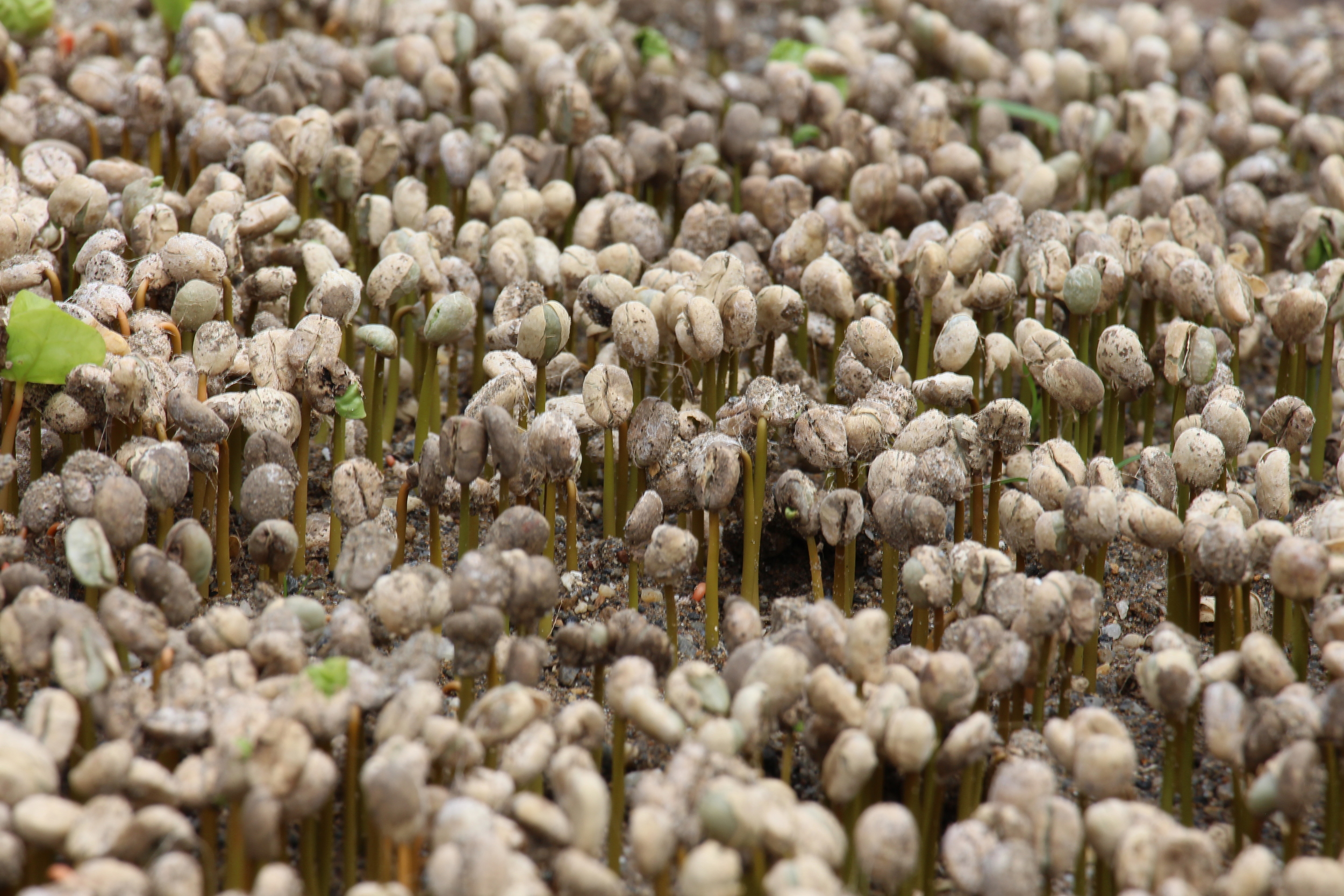
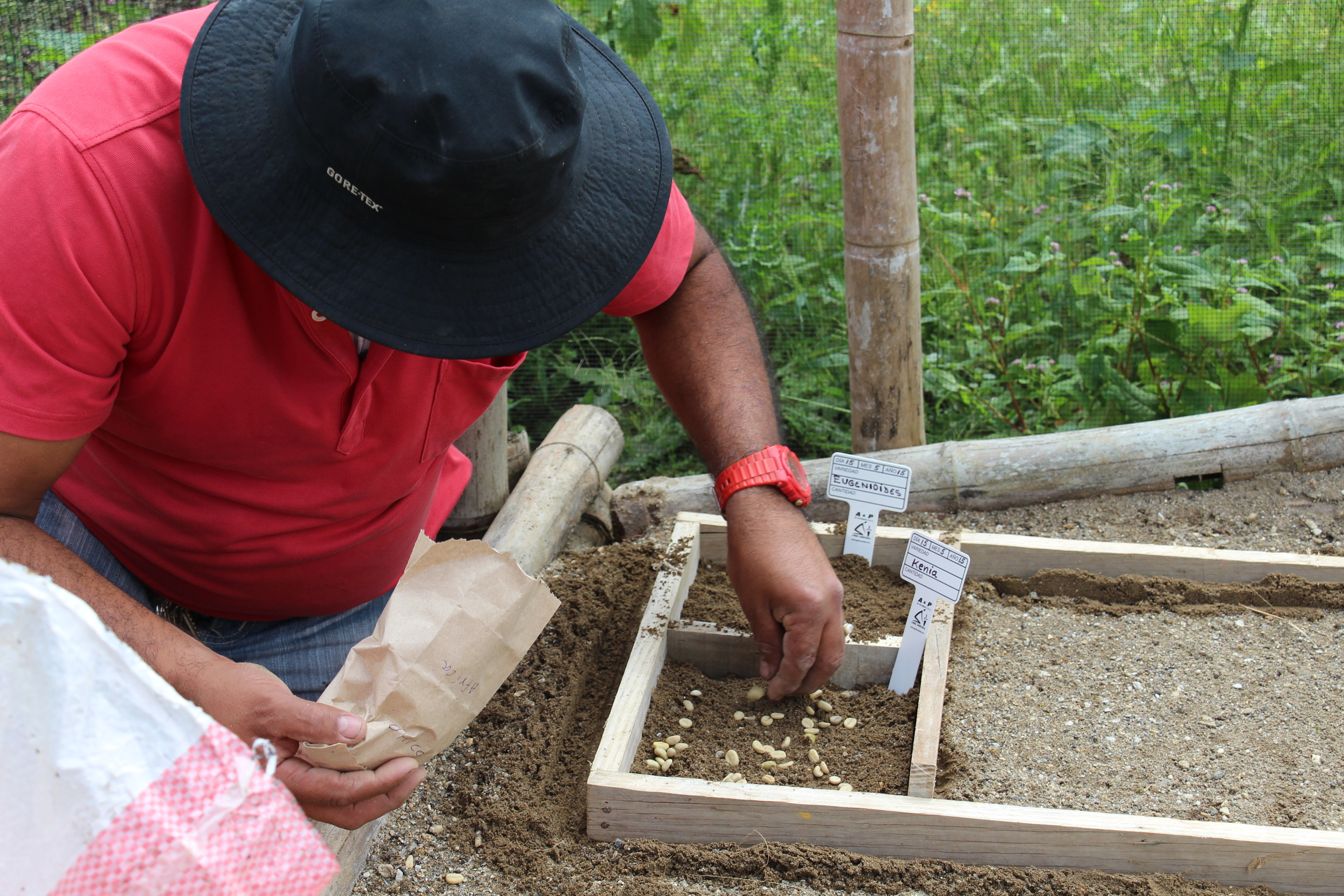
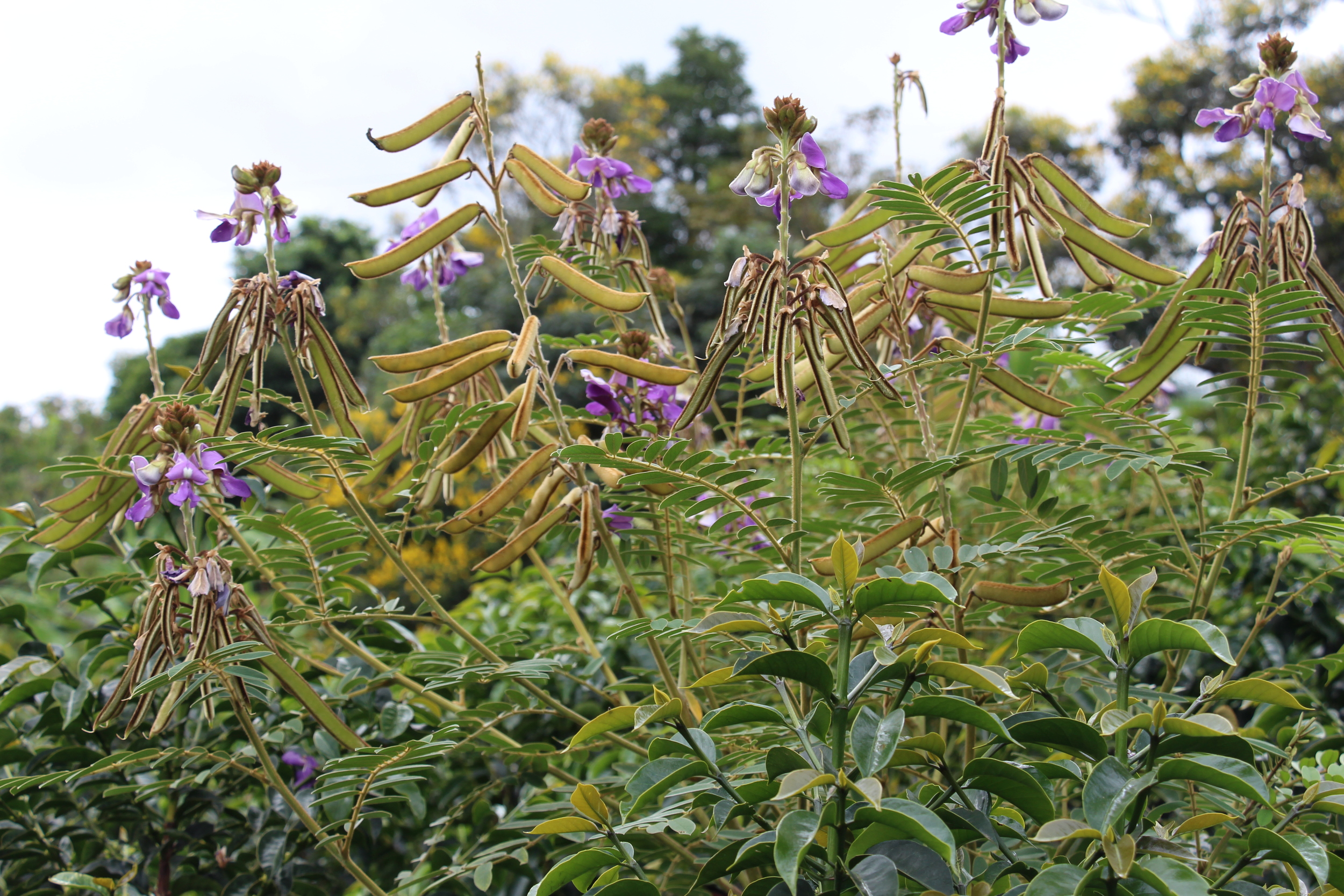
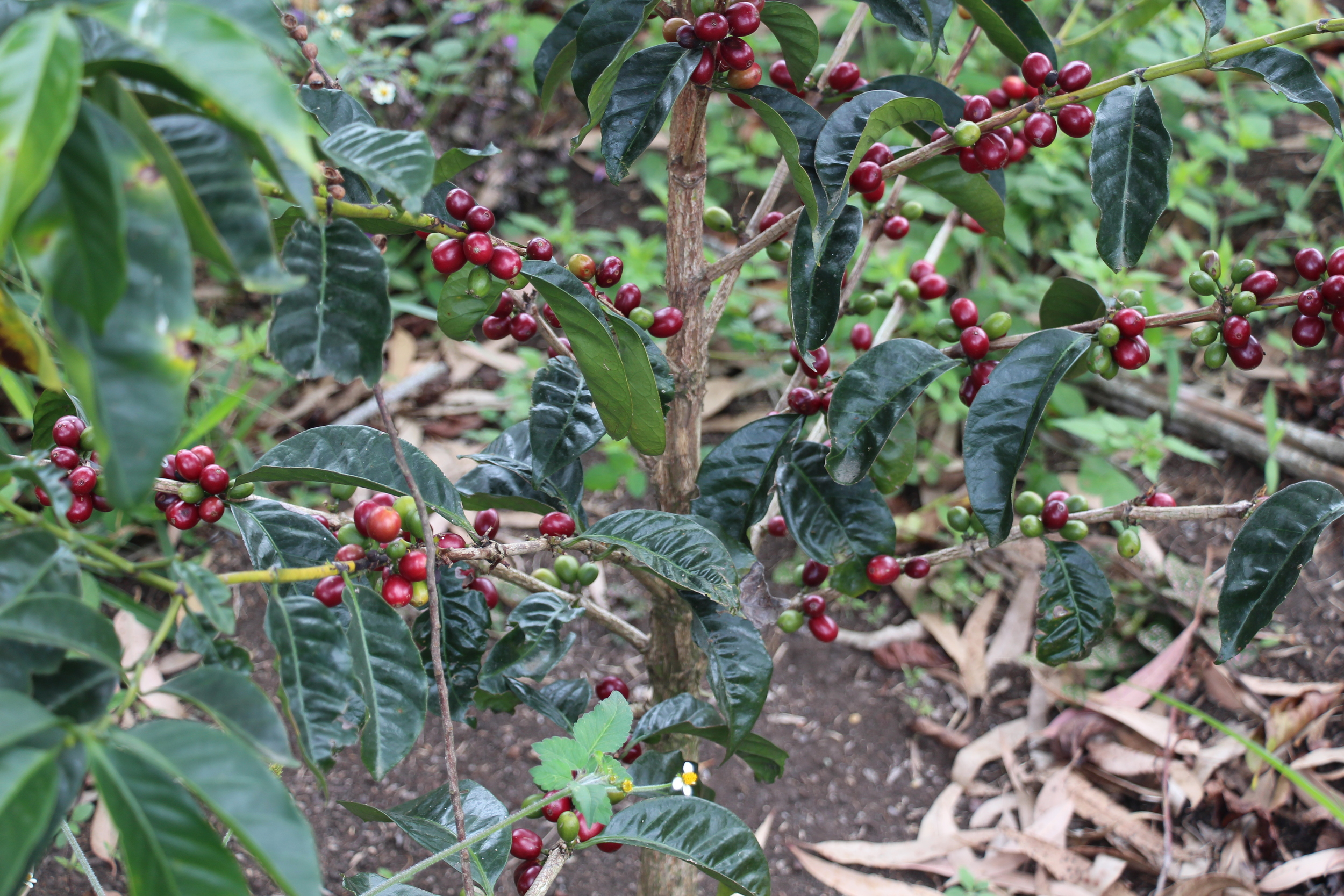
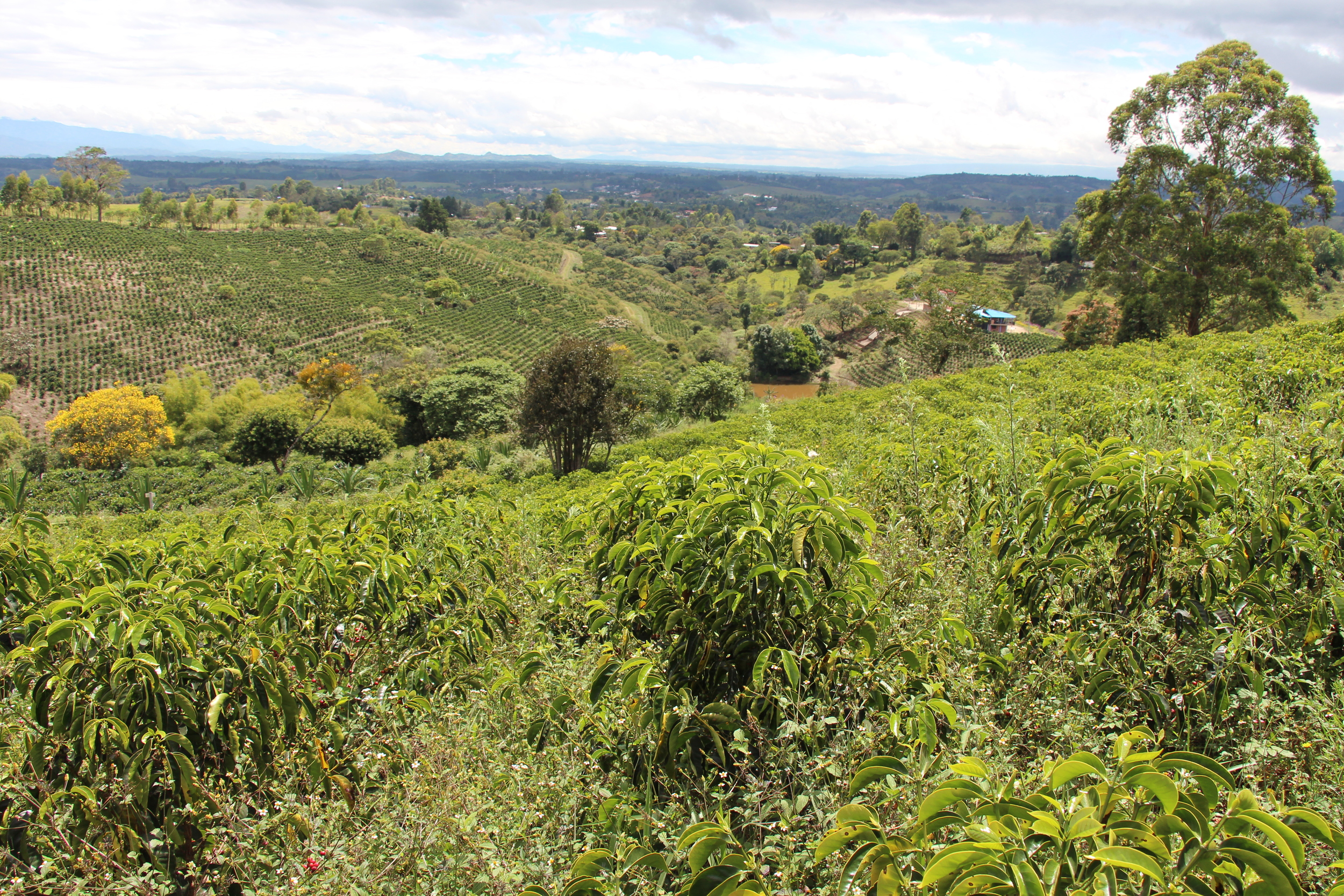

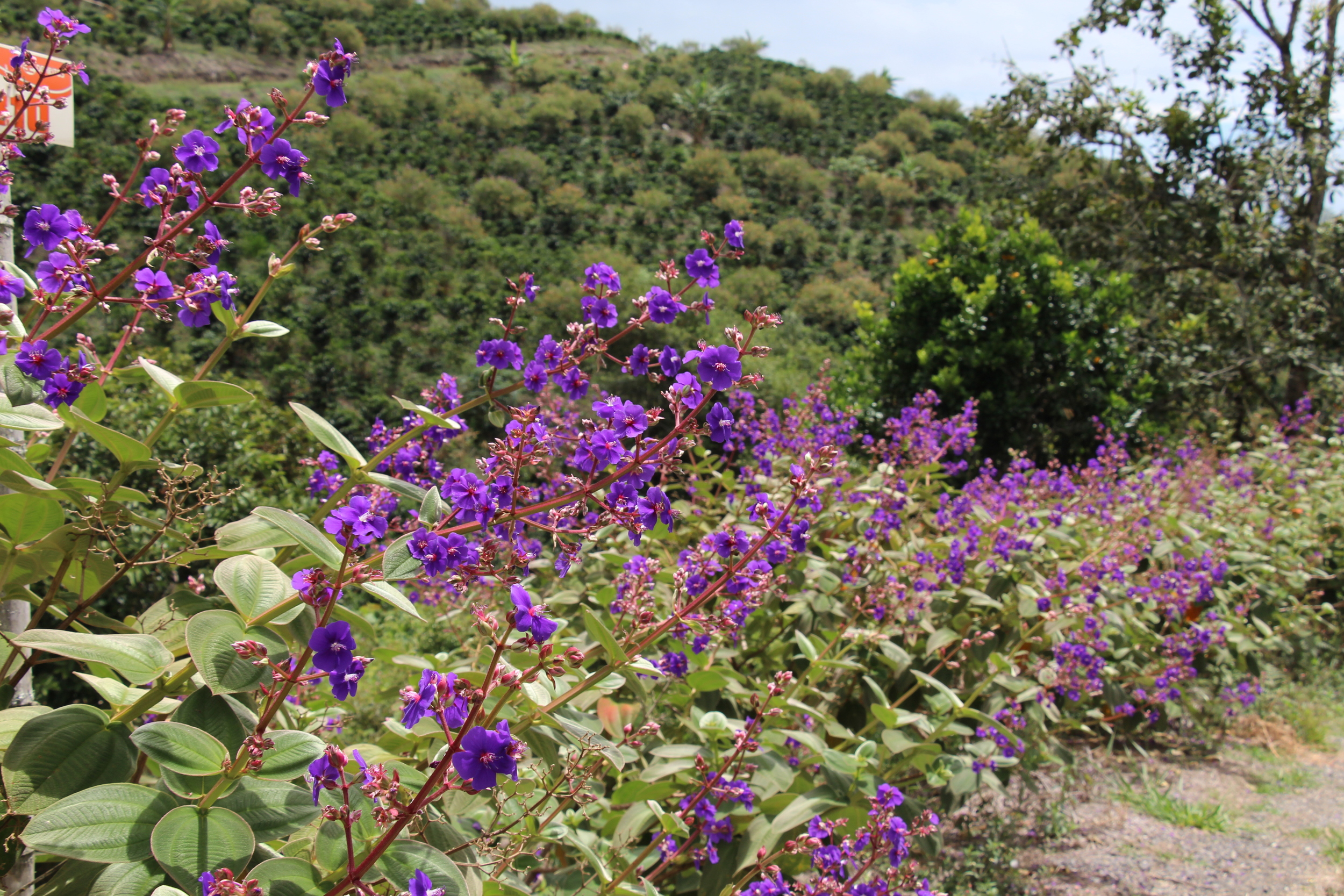
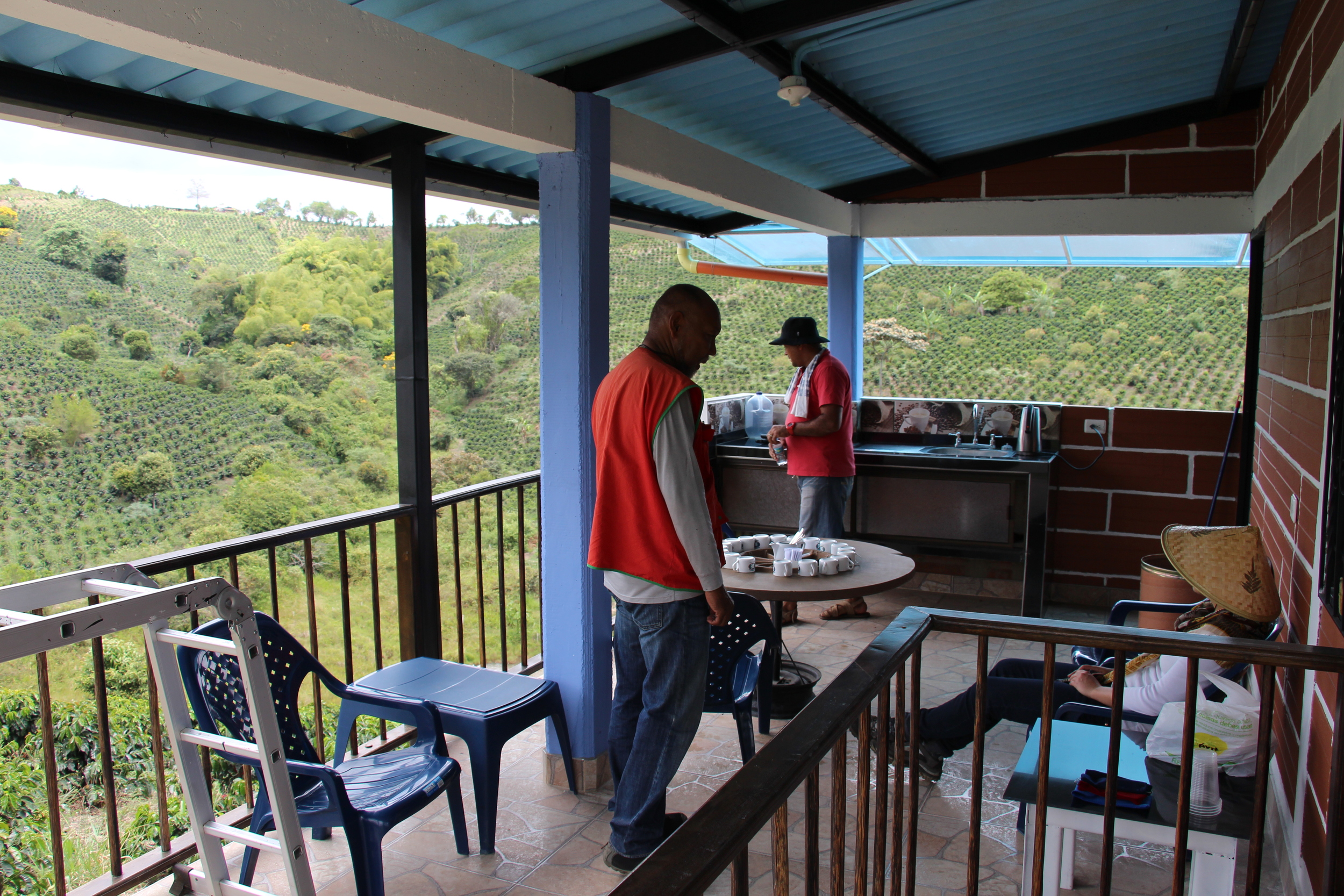
Their Saza plants originates from a 1lb bag of prize-winning Geisha beans from Panama. The beans were germinated and planted on the farm, with the most productive, tasty and disease resistant plants selected from the next generation (in classic Mendel pea fashion).
Among the roughly 90,000 coffee plants on the farm, the smaller sized Saza with their reduced foliage and fewer cherries are easily identifiable. A key reason for this is their smaller root system. To increase productivity sometimes two trees are planted very close together.
We ended our visit with a tasting of Edgar’s recently harvested coffee, processed in three different ways (washed, honey, natural) that depend on whether the skin and mucilage are left on during drying. The aim, as Edgar says, is to use his 35-years of chemistry and coffee tasting experience to develop some of the best tasting beans in world. And the samples we tried were outstanding and very different in aroma and flavour to other coffee varieties we’ve had before.
There’s currently a big debate over whether Castillo and Caturra taste differently. There will be no debate about Saza when it arrives in your local café, underlining the importance coffee variety can have in the cup, as well as processing methods. Saza, you heard it here first!





